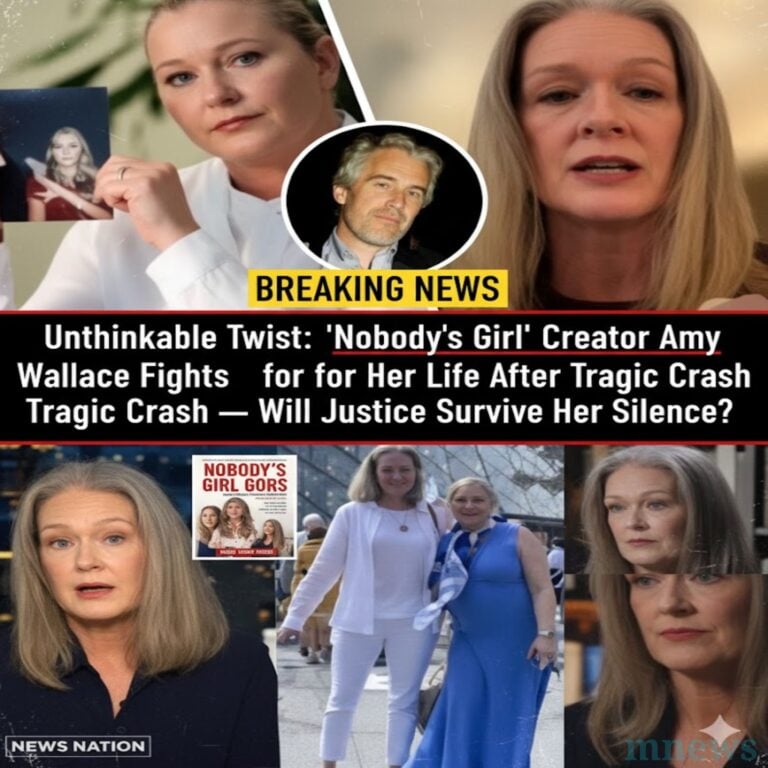The Desert Promise: The Unsolved Disappearance of Clara and Tomás
The photo was ordinary — a young couple smiling inside a small beige tent, their hands resting gently on a growing belly. Behind them, the orange sands of Joshua Tree stretched endlessly under the setting sun.

That picture, taken on a cheap digital camera in 2012, was supposed to capture a happy memory — the last adventure before parenthood. Instead, it became a haunting relic of two lives that vanished without a trace.
Clara and Tomás were from Barcelona, Spain. Both in their early thirties, they were that kind of couple everyone envied: spontaneous, warm, deeply in love. He was an architect. She was a photographer. Their world was about to grow — Clara was seven months pregnant, and they wanted one last escape before their baby arrived.
They had planned to fly to California, rent a car, and drive through the desert. Clara had always dreamed of seeing Joshua Tree — “a place where the sky feels endless,” she told her sister before leaving.
It was meant to be a two-day trip. They promised to return by Monday.
They never did.
The Vanishing
At first, no one panicked. They were travelers, after all. Maybe they lost signal. Maybe they decided to stay another day. But when 48 hours passed with no call, and their families couldn’t reach them, the fear began to settle in.
Authorities were alerted. The rental car company confirmed that the vehicle — a white Jeep Wrangler — had been picked up at the Los Angeles airport but never returned.
A search began across the arid landscapes of Joshua Tree National Park — 1,200 square miles of rock, sand, and silence.
Helicopters circled. Volunteers combed the trails. Police dogs followed faint scents that disappeared with the wind.
But there was nothing.
No tent. No car. No tracks. No phones.
Just silence.
Days turned into weeks. Then months. And soon, years.
The Families’ Agony
Back in Barcelona, Clara’s mother refused to take down her daughter’s photographs. Every year on the anniversary, she lit candles by the window. “She’ll come home,” she would whisper, as if saying it aloud might bend fate.
Tomás’s parents clung to hope too — writing letters to embassies, hiring private investigators, even flying to California themselves to retrace their son’s route.
But the desert gave nothing back.
The official theory was cruelly simple: the couple had likely gone hiking, gotten lost, and succumbed to heat and exhaustion. But that explanation never sat right.
Clara was six months pregnant — she wasn’t reckless. Tomás had survival training. They were cautious, thoughtful, prepared. Something else, everyone agreed, must have happened.
Still, with no evidence, no witnesses, and no trace, the case went cold.
The Discovery
Eleven years later, in the summer of 2023, a lone hiker named Robert Jenkins was wandering through a remote section of the Mojave near the edge of Joshua Tree when he noticed something odd: a small patch of sand that looked disturbed — not by nature, but by human hands.
At first, he thought it was debris. But when he brushed the surface, something hard and metallic glinted in the sun — a rusted zipper. Then, a piece of faded fabric.
Within minutes, he realized it wasn’t just a bag.
It was a body.
He ran for help.
When investigators arrived, they uncovered two sets of remains lying only a few feet apart. Time and the desert had done their damage, but through dental records and DNA, the confirmation came swiftly: Clara and Tomás had been found.
At last, the families’ long nightmare had an ending.
Or so they thought.

The Chilling Detail
The first report from the forensic team stunned everyone.
Tomás’s remains were found partially buried, his position suggesting he had fallen or been dragged. But Clara’s… were different.
She had been lying on her side, one hand curved protectively over her stomach — the same gesture she had in that last photo. And next to her, preserved beneath the dry sand, was something else — a circle of stones carefully arranged around her body.
Investigators believe she placed them there herself.
A signal.
A prayer.
Or a message.
Whatever it meant, it was deliberate — a final act from a woman who knew her time was running out.
The Unanswered Questions
So what really happened in the desert?
Authorities proposed several theories. The most common — and perhaps most heartbreaking — is that their Jeep broke down deep inside the park. With limited water and no cell reception, they may have tried to walk back toward civilization. The sun, merciless in August, would have turned that decision fatal.
Another theory suggests a storm might have forced them off the marked trails, disorienting them until exhaustion took over.
But others aren’t so sure.
Private investigator Karen DeVries, who reviewed the original case files, points to inconsistencies. “The Jeep was never recovered,” she said. “That’s the biggest red flag. People don’t vanish with vehicles unless someone helps them vanish.”
There were rumors — whispered, never proven — of illegal activities in that region around the time they disappeared. Smuggling, drug routes, and unregulated campsites far beyond ranger patrols.
“Maybe they saw something they weren’t supposed to,” DeVries suggested. “Or maybe someone saw them.”
The possibility adds a darker layer to what was once thought to be an accident.
The Final Message
The discovery reignited global interest in the case. Spanish newspapers ran front-page stories titled “The Desert Took Them Back.”
In California, investigators reopened several leads, hoping the missing Jeep might still be out there — buried, stolen, or stripped for parts.
But one detail lingered in everyone’s mind: Clara’s body, resting as if she had been waiting.
When forensics reconstructed the scene, they found her facing west — toward the sunset. Toward home.
In her bag, they found a small notebook, its pages weathered and nearly unreadable. But one line remained clear:
“We will find our way — together.”
It was dated the day before they vanished.
Legacy of a Promise
For Clara’s mother, that line is enough. “It means she didn’t die in fear,” she said softly in an interview. “She still believed in returning. She still believed in love.”
Tomás’s brother said something similar: “They kept their promise. They came back — just not the way we hoped.”
Today, the spot where they were found is marked by a simple plaque placed by rangers and family members. It reads:
In memory of Clara and Tomás — love endures even where silence lives.
Every year, travelers leave flowers, photos, and small stones beside it — echoing the same circle Clara built in her final moments.
Epilogue
There’s something both tragic and beautiful about the story of Clara and Tomás. Two souls lost in the vastness of the desert — not because they were foolish, but because they believed in wonder.
They sought to see something infinite before their child was born, and in doing so, became part of that infinity.
Perhaps the desert didn’t take them. Perhaps it simply kept them safe until the world was ready to remember.
And maybe that’s what Clara wanted all along — not to vanish, but to be found together, hand in hand, just like in that final photo.
A promise kept — beneath the endless sky.





